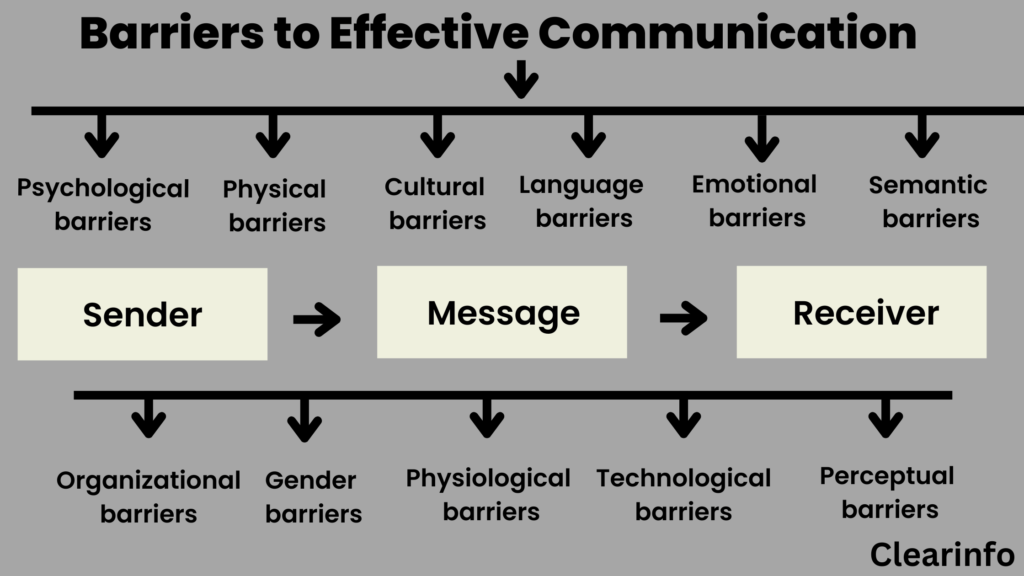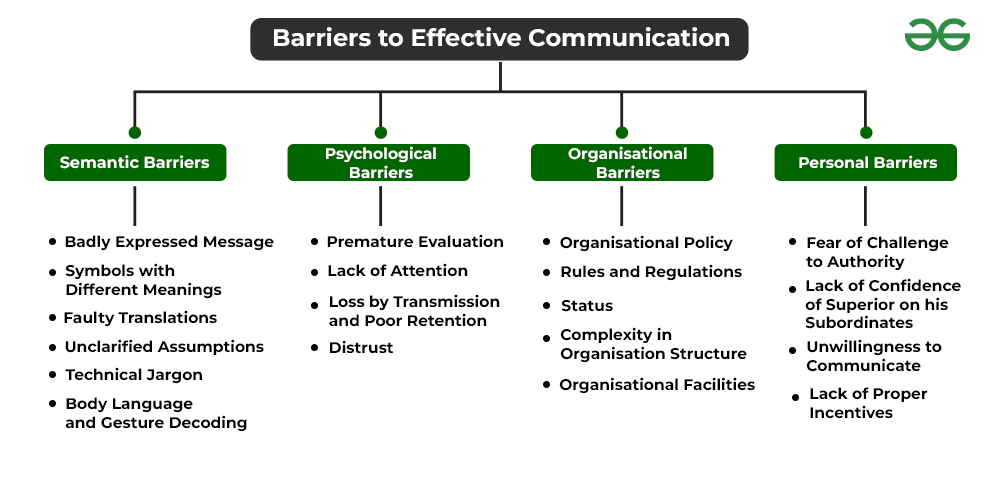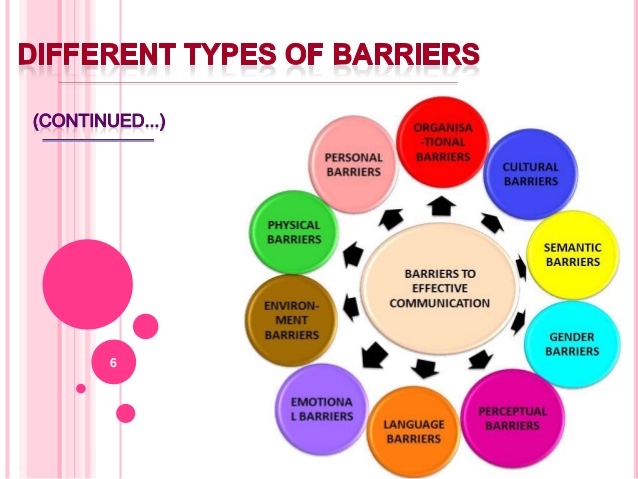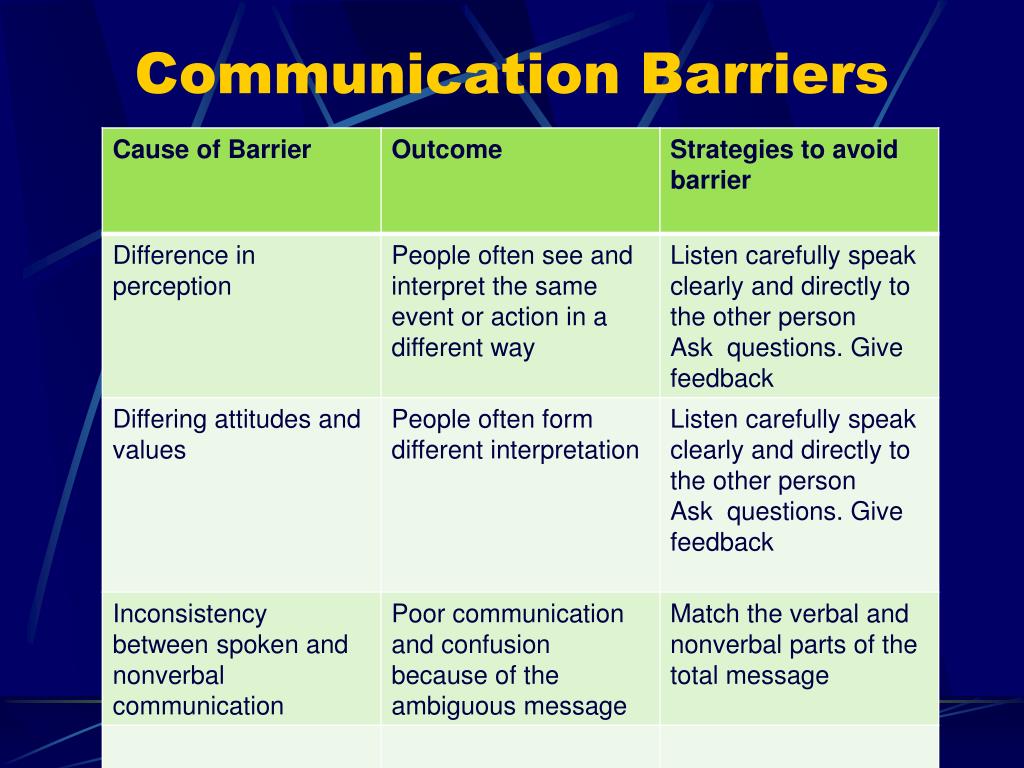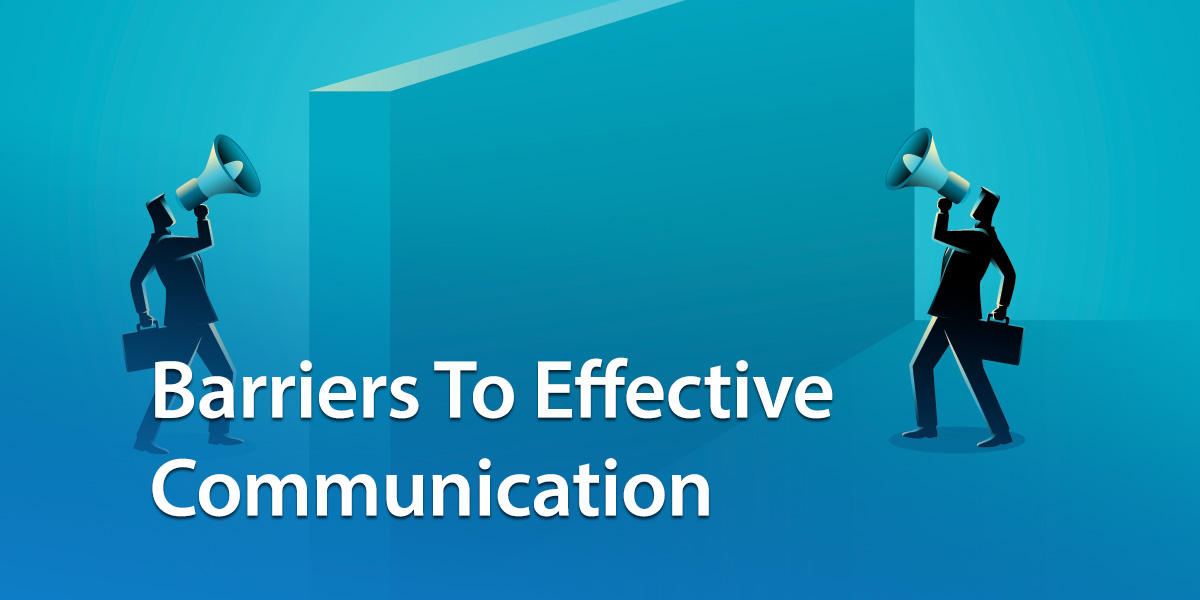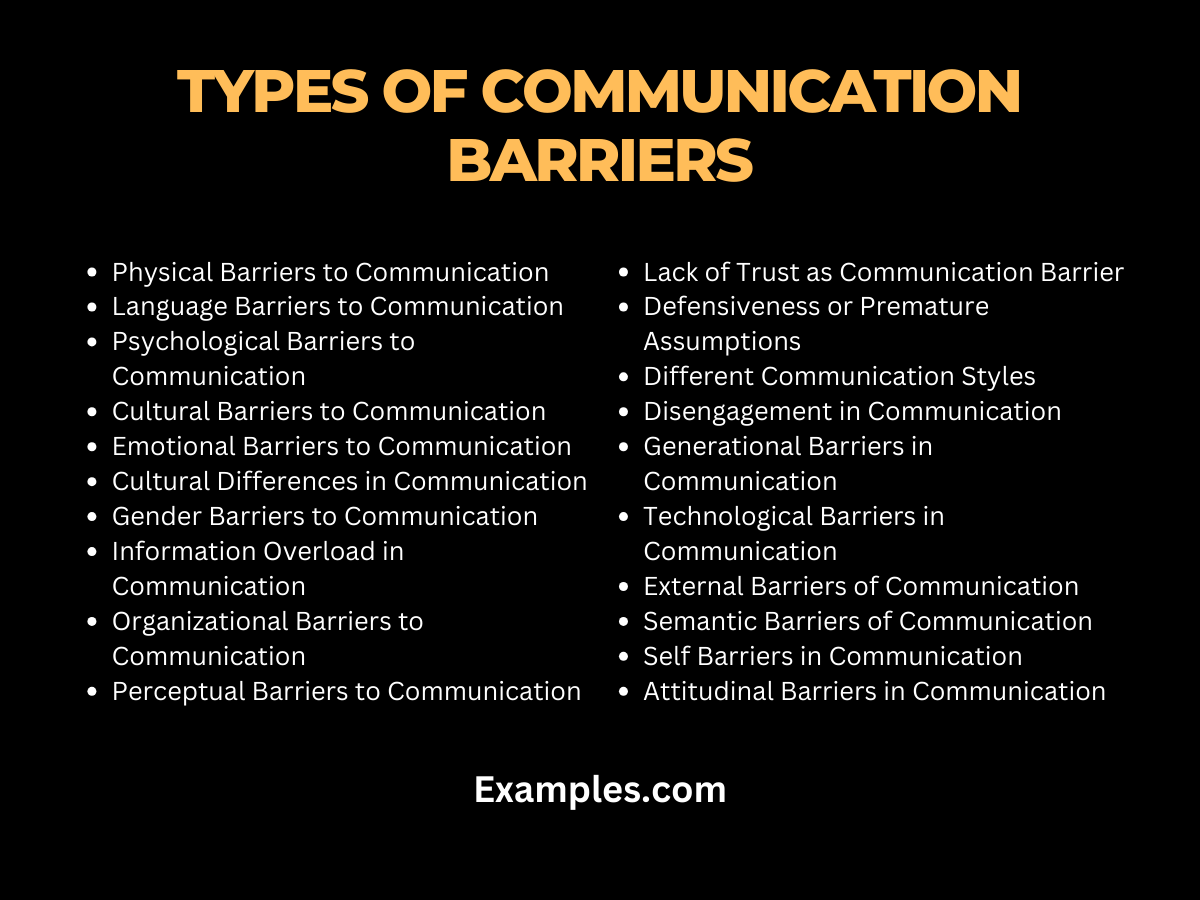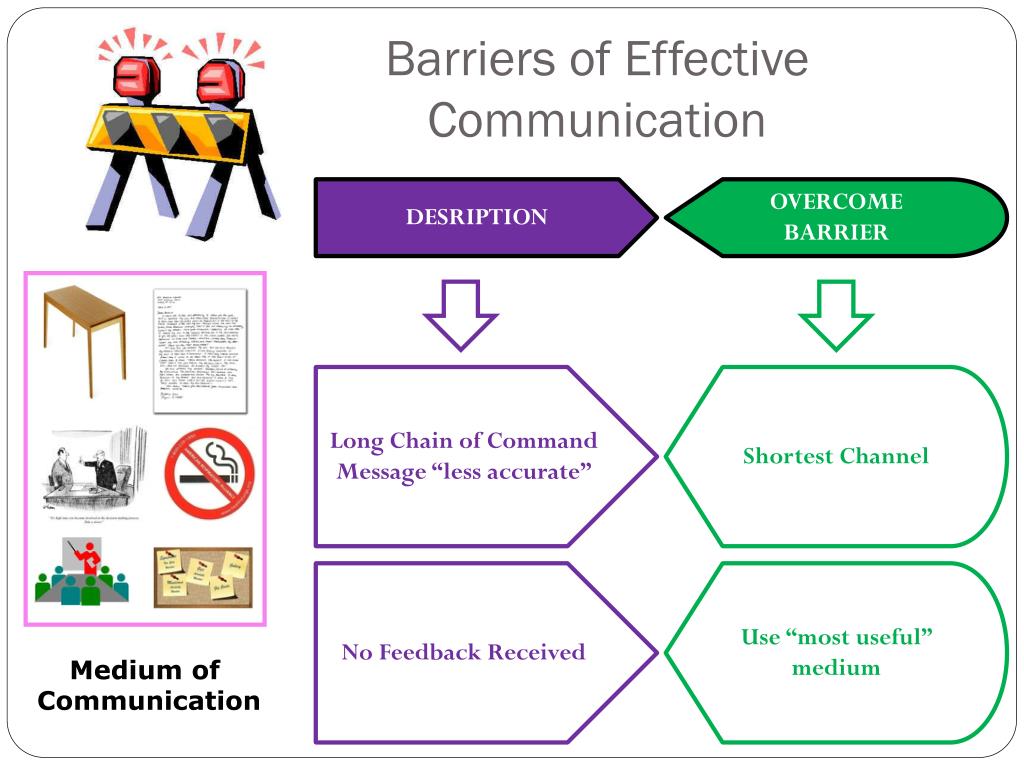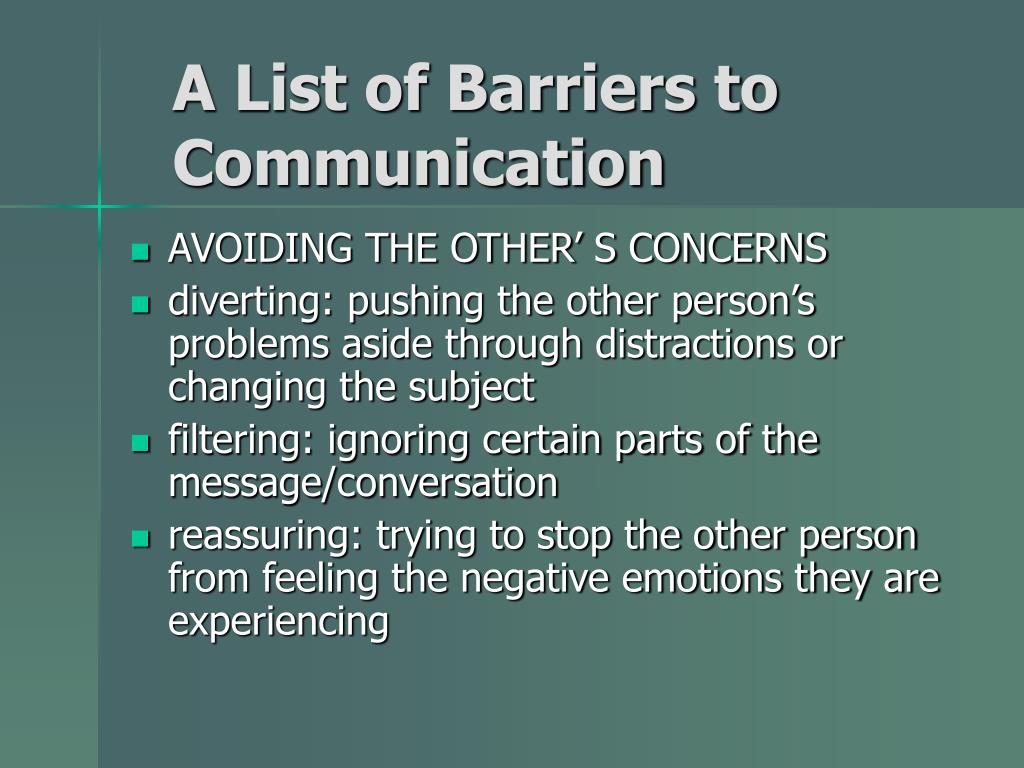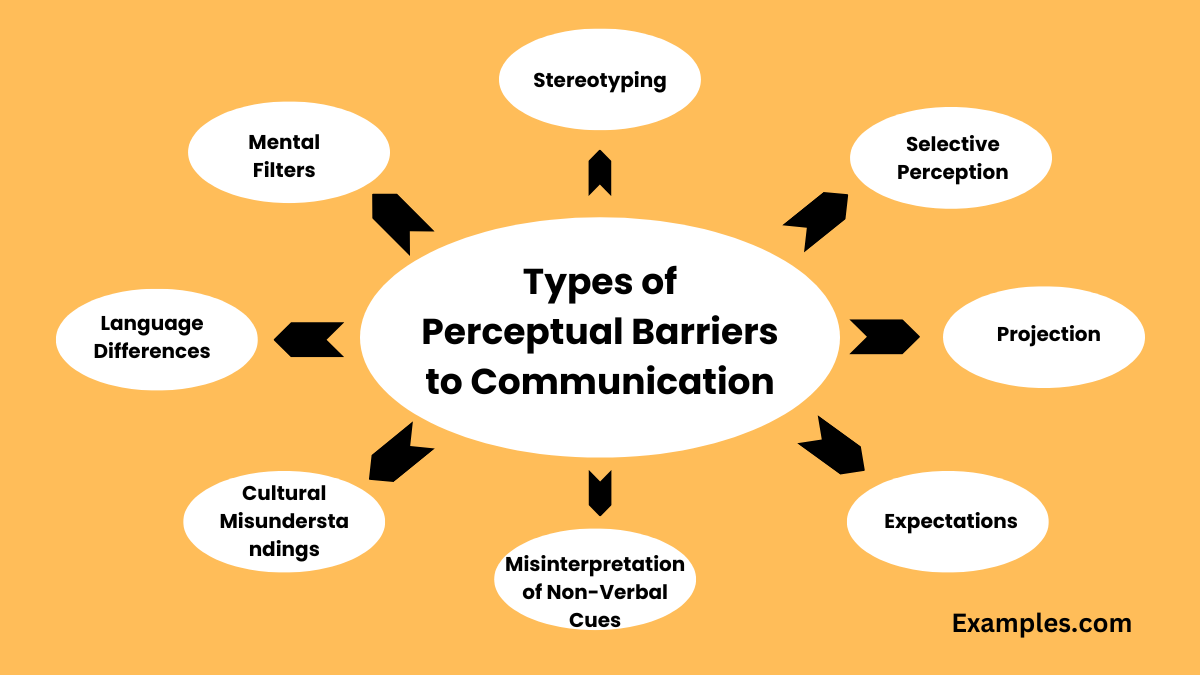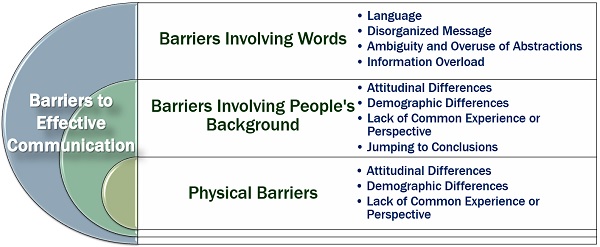5 Types Of Barriers To Effective Communication
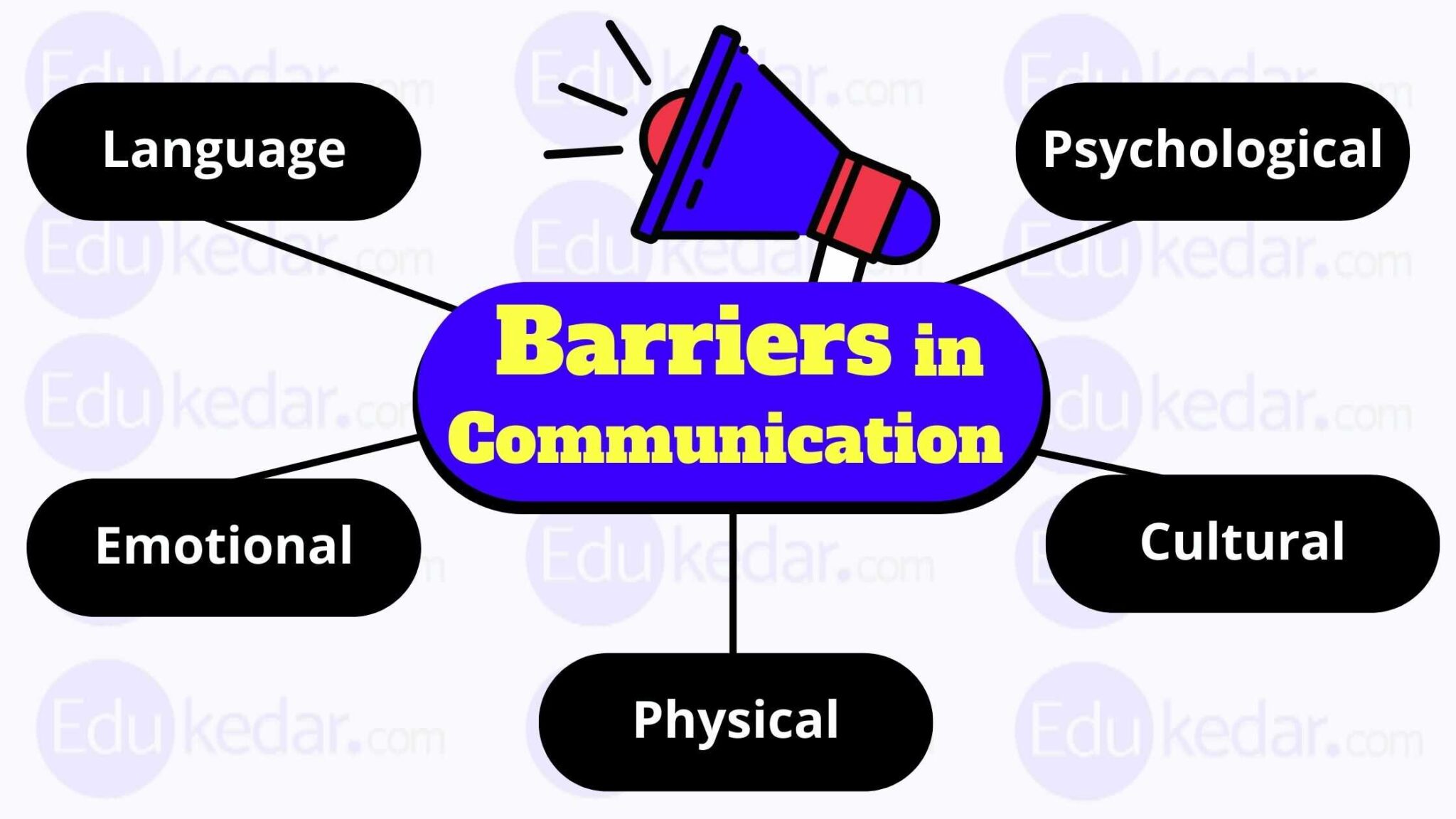
In today's interconnected world, where information flows freely and rapidly, the importance of effective communication cannot be overstated. Yet, despite technological advancements and increased awareness, communication breakdowns remain a pervasive challenge in various facets of life, from professional settings to interpersonal relationships. These breakdowns often stem from a variety of barriers that impede the accurate and efficient transmission of messages.
Understanding and mitigating these barriers is crucial for fostering collaboration, resolving conflicts, and achieving shared goals. This article delves into five key types of barriers that hinder effective communication, providing insights into their nature and potential solutions to overcome them.
1. Psychological Barriers
Psychological barriers encompass the mental and emotional factors that can distort or impede the reception and interpretation of messages. These barriers are deeply rooted in individual perspectives, attitudes, and beliefs.
For instance, preconceived notions and biases can lead individuals to selectively hear or interpret information in a way that confirms their existing beliefs, ignoring or dismissing contradictory evidence. Similarly, emotions like fear, anger, or anxiety can cloud judgment and impair the ability to listen attentively and respond rationally.
Trust is another critical psychological factor. If the receiver does not trust the sender, they may be skeptical of the message's content, regardless of its factual accuracy. Building trust through transparency, consistency, and genuine empathy is essential for overcoming this barrier.
2. Physical Barriers
Physical barriers are the most tangible and easily identifiable impediments to communication. These barriers relate to the environment or the physical characteristics of the communication channels.
Noise, distractions, and physical distance can significantly hinder the clarity and effectiveness of communication. For example, a noisy office environment can make it difficult to concentrate on a conversation, leading to misinterpretations and errors.
Furthermore, technical glitches in communication equipment, such as poor audio quality during a video conference, can also disrupt the flow of information. Addressing physical barriers often involves creating a conducive communication environment and ensuring the reliability of communication technologies.
3. Linguistic Barriers
Linguistic barriers arise from differences in language, vocabulary, and communication styles. These barriers are particularly prevalent in multicultural environments and globalized workplaces.
Even when individuals speak the same language, differences in dialect, accent, or jargon can create misunderstandings. Furthermore, the use of complex or ambiguous language can obscure the intended meaning of a message, especially for those who are not familiar with the specific terminology.
To mitigate linguistic barriers, it is essential to use clear, concise language and avoid jargon or technical terms that may not be universally understood. Cultural sensitivity and awareness of different communication styles are also crucial for fostering effective cross-cultural communication. Using translation tools or interpreters can also be helpful in situations where language differences are significant.
4. Semantic Barriers
Semantic barriers are closely related to linguistic barriers, but they focus specifically on the meaning of words and symbols. These barriers arise when different individuals interpret the same words or symbols in different ways.
For example, the word "expensive" can have different meanings depending on an individual's income level and spending habits. Similarly, the use of idioms or metaphors can be confusing for those who are not familiar with the specific cultural context. Ambiguity in communication can also lead to misinterpretations.
To overcome semantic barriers, it is important to be mindful of the potential for different interpretations and to use specific and concrete language. Seeking clarification and confirming understanding are also essential strategies for ensuring that the intended message is accurately received.
5. Organizational Barriers
Organizational barriers stem from the structure, policies, and culture of an organization. These barriers can impede the flow of information both vertically (between different levels of hierarchy) and horizontally (between different departments or teams).
Complex organizational structures with multiple layers of management can create bottlenecks in communication, delaying the transmission of information and hindering decision-making. Bureaucratic processes and excessive paperwork can also stifle communication and create frustration. Lack of transparency is a major barrier.
Furthermore, a hierarchical organizational culture may discourage employees from speaking openly and honestly with their superiors, leading to the suppression of important information. Creating a more open and collaborative organizational culture, streamlining communication processes, and empowering employees to share their ideas and concerns can help to overcome these barriers.
Addressing barriers to effective communication is an ongoing process that requires constant effort and vigilance. By understanding the different types of barriers and implementing strategies to mitigate them, individuals and organizations can foster clearer communication, build stronger relationships, and achieve their goals more effectively.
Looking ahead, technology will continue to play a crucial role in shaping the communication landscape. While technology can help to overcome some barriers, such as physical distance, it can also create new challenges, such as information overload and digital distractions. Therefore, it is essential to use technology mindfully and to prioritize clear, concise, and meaningful communication in all contexts.
